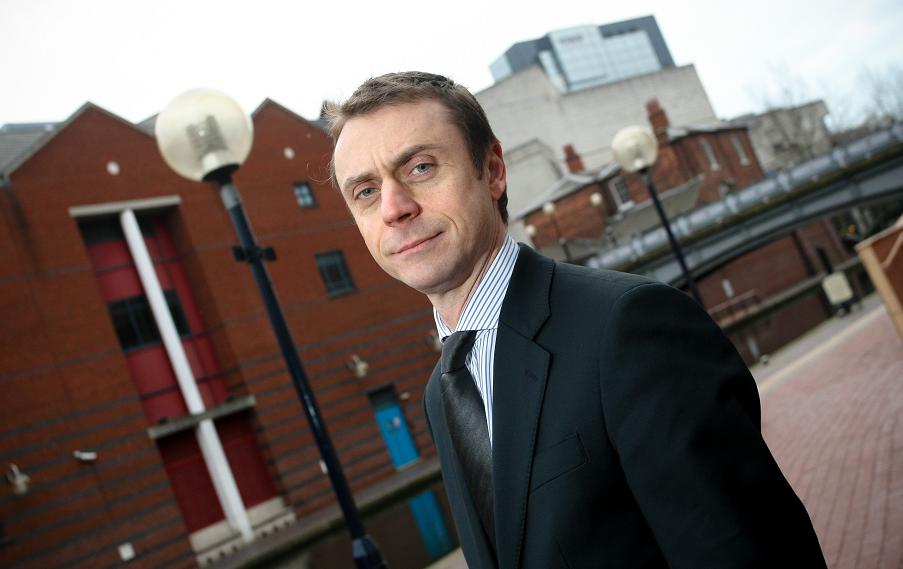Commercial lettings totalling almost 250,000 sq ft were completed in Birmingham during the second quarter of 2014, highlighting the sharp bounce-back in occupier demand for office space, according to the latest quarterly regional office market report from GVA.
While 113,741 sq ft of deals were recorded in the city centre market in Q2, this was outpaced by the out-of-town sector, which recorded 134,933 sq ft of lettings.
This latest research underlines the growing strength of occupier demand that underpins this renewed confidence: Manchester city centre take-up for Q2 amounted to 484,000 sq ft, almost double the quarterly average, while total take-up in Q2 across the nine cities surveyed was 15% above the five-year quarterly average, at 2.85 million sq ft. Out-of-town take-up was 19% above the quarterly average at 819,500 sq ft.
While Birmingham’s city centre market came in under the five-year quarterly average of 159,811 sq ft, the letting of the NTI Building in Eastside to Birmingham City University – totalling 27,500 sq ft and completed by GVA earlier this year – represented the only entry in the top five to have taken place outside of Manchester.
Despite the perceived fall in lettings activity, Birmingham demonstrated the highest level of pent-up demand for five years as a result of leaves events and inward investment from the improving economy. This will almost certainly see a boom in growth in the city centre, aligned to a surge in investment.
Charles Toogood, Senior Director in GVA’s Midlands office, said: “There are a number of major live enquiries from predominantly professional services firms. Take-up has made a subdued start to the year but encouraged by the increased investment and pent-up demand, developer sentiment is much improved and is expected to bring the tipping point for new construction forward.
“Consequently, land owners see a window of opportunity to bring their sites to market prior to the next development cycle, fuelled by the increased weight of investment outside of London.”
The recovery in investor confidence that started to show through in Q4 of 2013 resulted in the subsequent abrupt yield compression in the market in early 2014.
Warwickshire-based developer, IM Properties, paid the highest price (based on a per sq ft analysis) ever seen in the city for a refurbished or redeveloped building through its purchase of 55 Colmore Row for £35 million.
This astonishing space race has also seen strong rebounds in both the Grade B and out-of-town lettings markets, as demonstrated through Birmingham’s out-of-town market, which recorded figures almost twice that of the five year quarterly average.
Carl Potter, National Head of Offices at GVA, stresses the differences between the occupier recovery taking place now and the story during the capital boom that led up to the 2008 crash: “Sector-specific growth in the UK’s economy has begun to feed into the need for companies to grow their office space. This is very different to the experience of the mid-2000s, when the vast majority of new-build, capital growth and investment decisions were based on the continued belief that values would increase – irrespective of occupier demand.
“The significant increase in public-sector employment around the UK cities was arguably detrimental to the overall real growth in these cities and, while the public sector continues to be scaled back, it is clear that the wider economy is on a roll. This is perhaps most significant in the regional out-of-town markets. Occupiers came out of this market significantly after the ‘tech crash’ of March 2000, and until now there hasn’t been a good occupational story in any of the regional out-of-town markets.
“Now, however, there are significant levels of demand and we expect our H1 Business Parks Research to underline the continuing decline in availability. The level of demand here is cross-sectorial with many of the UK’s exporters, engineers and industrialists based more out of than in the city centres – with airports being a key attractor.”





















